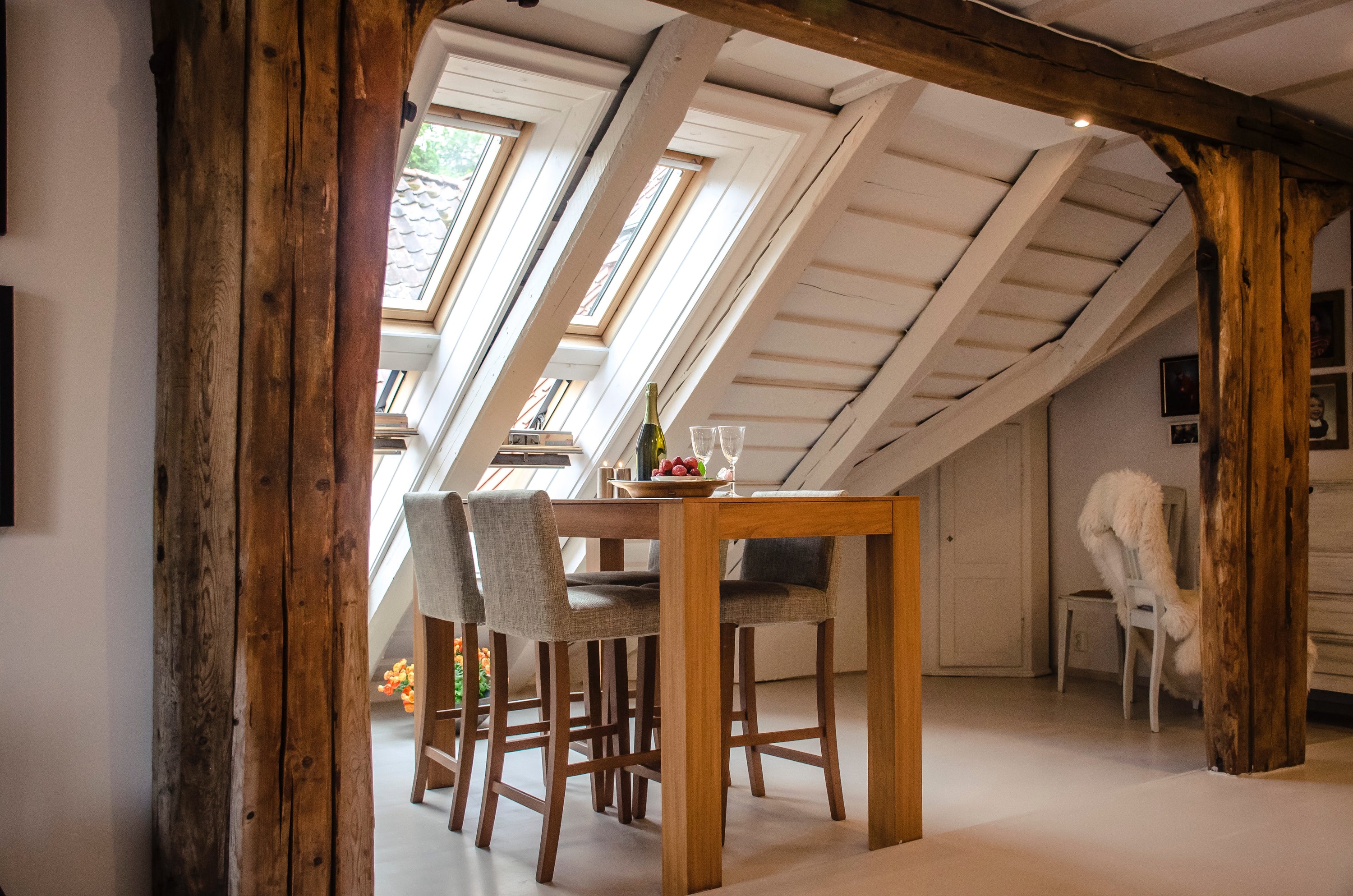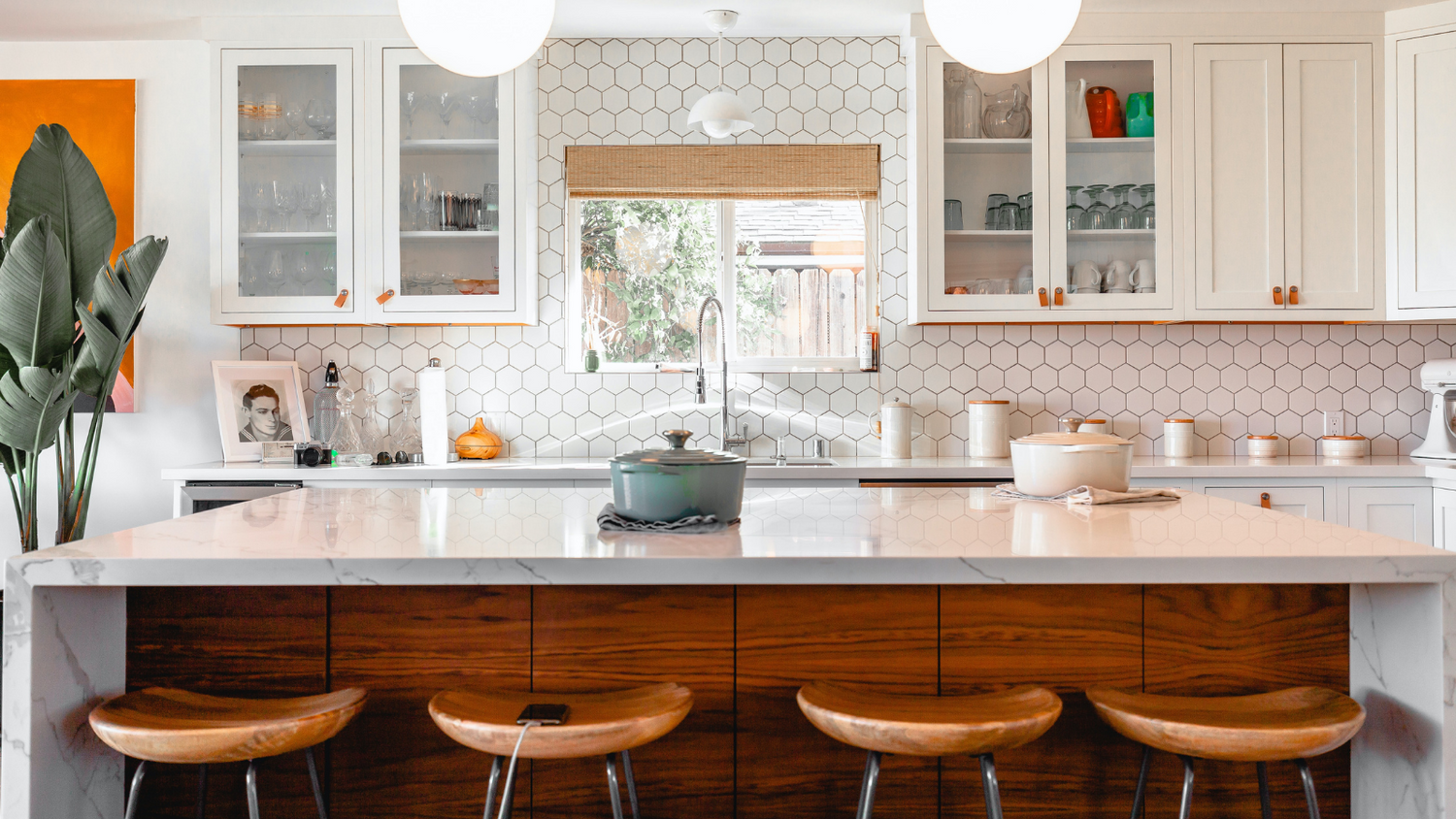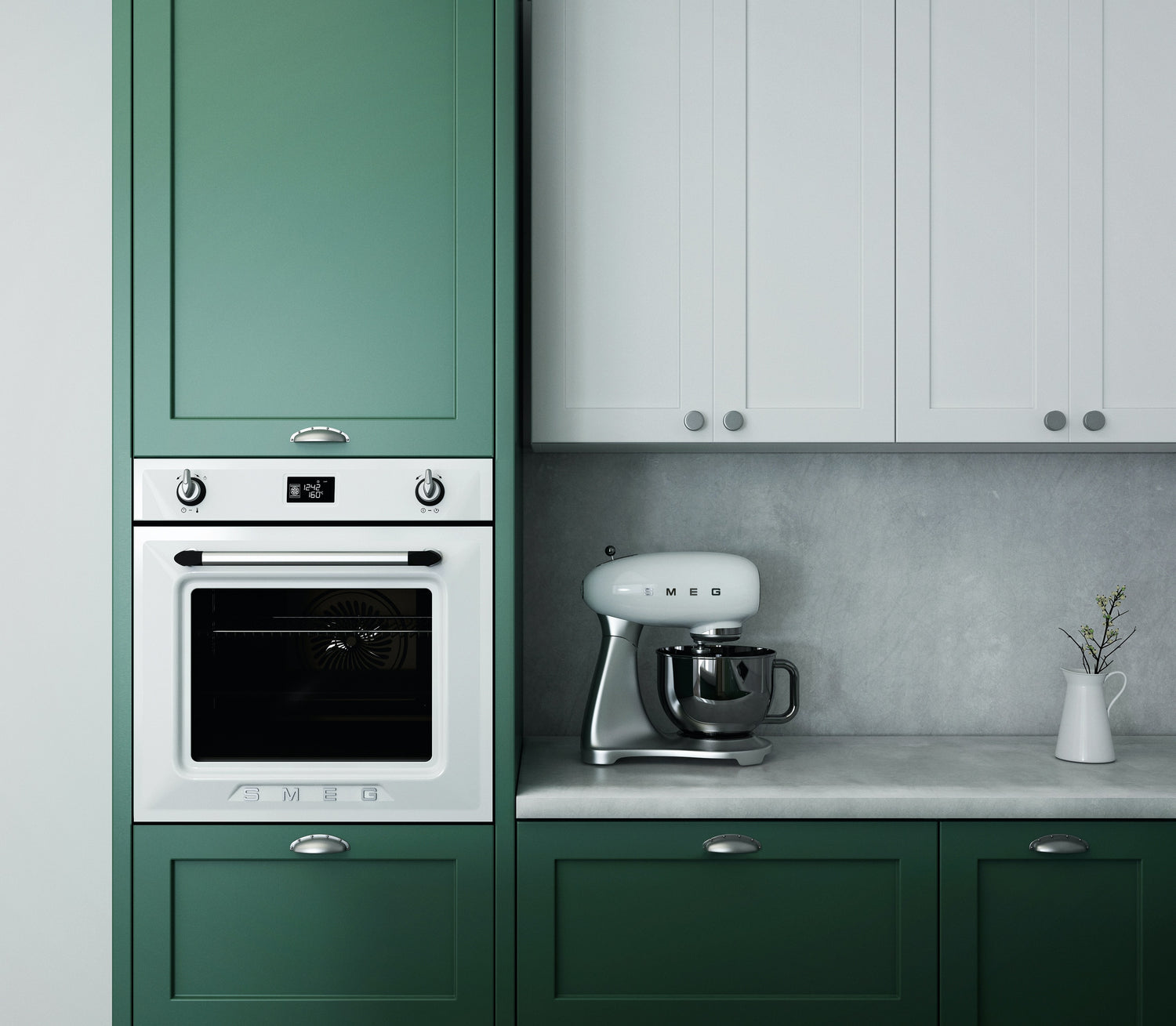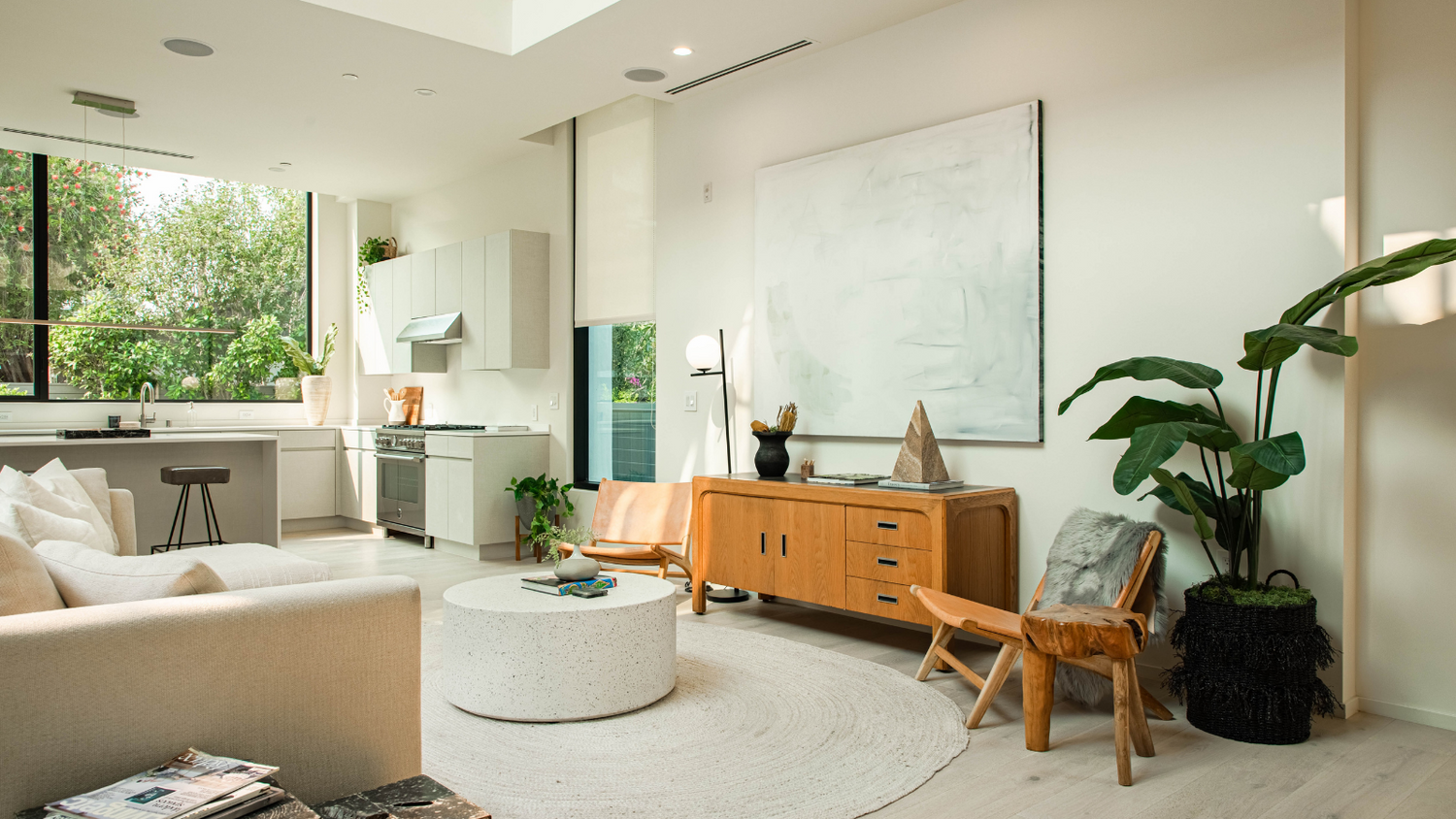It’s the season for Spring cleaning and home improvements and here at Lightwave, we wanted to share our top tips and tricks for home owners who are considering taking a leap forward into smart home. We often put off starting big jobs as they can seem daunting, messy, and let’s face it, no one wants to risk drilling through a water pipe or shorting their electricity. This is only made worse when you don’t know who has worked on a project before you. To help you get started, we’ve compiled a list of tips, as well as things you should be aware of when retrofitting smart home products.
It’s also worth noting that, while the way smart home devices work will vary from brand to brand, there are similarities when it comes to installation and maintenance. This means you can use these tips regardless of what type of device you’re installing!
What is ‘Retrofitting’?
Put simply, retrofitting is the process of adding new features and technology to older systems. In this case, we’re talking about adding smart home products to the existing electrics in your home. This can be done to improve energy efficiency, change the output or even to increase the product’s lifespan.
Why Bother Retrofitting?
Retrofitting is arguably the most cost-effective (and environmentally friendly) way of installing a full smart system into your home. It can seem expensive and lots of work, but you don’t have to complete a project in one go. Many smart home products are sold individually or in modules so you can kit out your home one room at a time; allowing you to cater to your time constraints and budget. Additionally, smart tech has been around for decades now and has progressed dramatically. The time of “planned obsolescence” has passed, and many companies are specifically looking to integrate and update their older products with their newer offerings in a seamless way which doesn’t require too much additional on the side of the user. This means you can grow your collection without the fear of expensive re-installation.
Smart home technology also offers long term benefits that far outweigh the set up time. In energy saving alone it can pay for itself and become a cost-effective and environmentally-friendly solution to wasteful energy usage. You also get more control over what happens in your home: setting when your heating comes on, automating your security lights to come on at dusk and, with Lightwave, even remotely locking your plug sockets so children can’t hurt themselves.

Our Top Tips
We’ve talked to one of our in-house electricians, Richard Thompson, and consulted other industry experts about what they think people should know when retrofitting smart homes. Here’s what you need to know:
Starting Out
- What do you want to get from your smart tech? This may seem obvious but knowing what you want to achieve allows you to shortlist products that will cater to your exact needs and help you to make a more informed decision. For example, many brands make smart dimmers but not all of those brands can be integrated with your heating and security systems - so if the goal is to eventually have a completely integrated system you’ll need to keep this in mind. If using an app is a key feature you’re looking for then it’s necessary to know if it will be compatible with your phone.
- If you’re struggling to know where to start, we think it’s best to begin with your sockets and understand how the system works before you buy into more expensive components. Almost every kind of double socket can be upgraded to a smart socket and it allows you more functionality than just a smart dimmer as you can control a greater array of appliances.
- Try using a voice control system to see how it suits you. You can get an entry point Alexa for about £25, or an app on your phone and you can start using voice control. Many smart home products include voice control however if you’re not comfortable using it then you might want to prioritise smart devices that also make manual control simple and easy to access. If you already have an iPhone or an Apple Watch, you don’t need to fork out for a HomePod, you’ve got Siri in your pocket or on your wrist already.
- Timers for security lighting are one of the first things people want to set up, but there’s a whole world of automations that open up when you incorporate your main house lights. With timers based around dusk and dawn, you’ll find a whole host of possibilities beyond what you first considered.
- Only specific types of bulb are compatible with integrated smart systems, so you may find yourself running into some limits here. Though this can be slightly more expensive, the lightbulbs can save you money and energy in the long run. Most brands will have a compatibility list available on their site, so be sure to check this out if it’s something that’s important to you.
Old Houses = Old Wiring
- For retrofit installations, you may need to take the existing electrics into account as some installations require additional wiring. For Lightwave, no extra wiring is needed: what’s in the walls already is enough to start the smart home journey.
- Check whether you need a neutral wire as part of your installation. As a rule of thumb, a dimmer won’t require a neutral wire and an on/off switch will, though you should always check the product instructions.
- Going wire-free can seem like an easy and affordable option, but it means you lack customisation options which may be important to you. On the other hand, a wired-in system can limit your options further down the road, as only company-specific products can be added to an existing ecosystem. To combat this, many brands (Lightwave included) are future-proofing their products by ensuring that software and firmware upgrades are made available, as well as providing an ever-expanding range of products to choose from.
- Dimmable lighting fixtures work with an on/off switch but may not work with a smart dimmer. If you find yourself struggling here, you can simply change the bulbs to dimmable LEDs and away you go.
We’re All In This, Together
- Get the whole house involved. A smart home shouldn’t just be the domain of one member of the household with the others watching on. Everyone will find a part of your Smart Home that works for them - Lightwave’s ‘Party Time’ or ‘Movie’ functions are popular with all ages!
- Unification is the way to go. Having one app that everything feeds into allows you to monitor your energy consumption more easily, as well as allowing you to automate multiple commands into a single button. Putting all of your eggs in one basket seems risky, but with Lightwave’s unique wireless protocol for example, your light switches and automations will still work, even if your internet goes out.

You might also find, of course, that fully retrofitting your house might not be the right choice for you. There are matters of expense, time and energy to consider. However, it is an extremely cost-effective way of creating a connected smart home that might otherwise be unobtainable. Retrofitting allows for great functionality and a viable way to integrate smart tech into your home at a pace that suits you.



